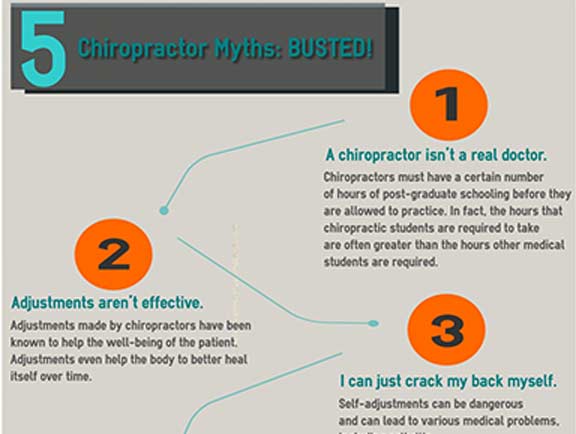The Impact Of Position On Pain In The Back: Approaches For Maintaining Correct Alignment Throughout Daily Activities
The Impact Of Position On Pain In The Back: Approaches For Maintaining Correct Alignment Throughout Daily Activities
Blog Article
Content By-Ibrahim Fox
Preserving correct pose isn't practically staying up straight; it's about aligning your body in such a way that sustains your spine and decreases the threat of pain in the back. https://www.wadenapj.com/newsmd/7057993-Tri-County-Health-Care-now-offering-chiropractic-care sit, stand, and move throughout the day can considerably influence your spine health. Yet how precisely can you ensure good alignment constantly, even throughout hectic days loaded with numerous tasks? Let's delve deeper right into the subtle yet impactful adjustments you can make to your everyday regimen to maintain your back happy and healthy.
Importance of Appropriate Posture
Correct position is important in maintaining a healthy and balanced back and protecting against discomfort. When you rest or stand with excellent posture, your spine remains in alignment, lowering pressure on your muscle mass, tendons, and joints. This positioning enables the body to distribute weight uniformly, protecting against extreme anxiety on specific locations that can cause discomfort and discomfort. By keeping your back appropriately lined up, you can also boost your breathing and digestion, as slouching can press organs and limit their functionality.
In addition, preserving good stance can boost your overall look and confidence. When you stand tall with your shoulders back and head held high, you exhibit confidence and show up even more approachable. Excellent stance can also make you really feel more stimulated and sharp, as it promotes proper blood flow and permits your muscle mass to function efficiently.
Integrating appropriate stance right into your day-to-day routine, whether resting at a desk, strolling, or working out, is essential for stopping back pain and promoting general wellness. Remember, a small change in how you hold yourself can make a considerable distinction in how you really feel and work throughout the day.
Common Postural Mistakes
When it involves keeping excellent pose, many people unwittingly make common errors that can contribute to back pain and pain. Among one of the most common mistakes is slouching or hunching over while resting or standing. This position puts extreme stress on the spine and can result in muscular tissue inequalities and pain over time.
Another typical blunder is overarching the reduced back, which can flatten the natural contour of the spine and trigger discomfort. Additionally, crossing legs while resting may really feel comfortable, yet it can create an inequality in the hips and pelvis, bring about postural issues.
Using a pillow that's also soft or as well strong while sleeping can additionally impact your positioning and add to pain in the back. Last but not least, regularly craning your neck to take a look at screens or readjusting your position regularly can strain the neck and shoulders. Bearing in mind these usual postural errors can help you preserve far better positioning and minimize the threat of back pain.
Tips for Correcting Positioning
To enhance your alignment and minimize neck and back pain, it's necessary to focus on making small changes throughout your everyday regimen. Begin by bearing in dull lower back pain . When resting, guarantee your feet are level on the flooring, your back is straight, and your shoulders are unwinded. Prevent slouching or leaning to one side. Usage ergonomic chairs or cushions to sustain your lower back.
When standing, disperse your weight equally on both feet, maintain your knees a little curved, and embed your pelvis. Involve your core muscle mass to support your spine. Take breaks to extend and walk around if you have an inactive task. Include workouts that strengthen your core and back muscle mass, such as slabs or bridges.
While sleeping, use a pillow that supports the all-natural curve of your neck to preserve proper spinal positioning. Stay clear of sleeping on your belly, as it can strain your neck and back. By bearing in mind these suggestions and making small adjustments, you can gradually correct your positioning and reduce back pain.
Conclusion
Bear in mind, maintaining excellent stance is vital to preventing back pain and promoting spinal health and wellness. By bearing in mind your alignment, distributing weight evenly, and involving your core muscular tissues, you can minimize strain on your back and decrease the threat of discomfort and injury. Integrate ergonomic support, take routine breaks to stretch, and reinforce your core and back muscles to preserve appropriate placement throughout the day. Your back will thanks for it!
